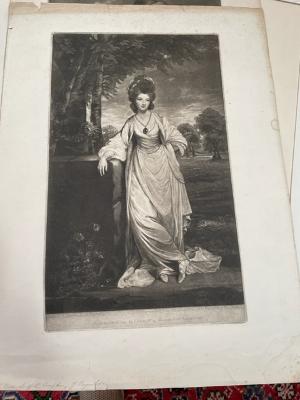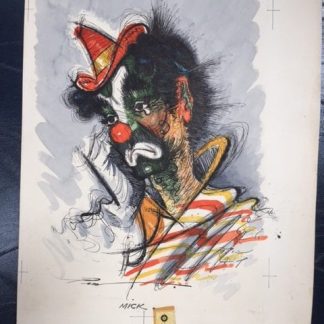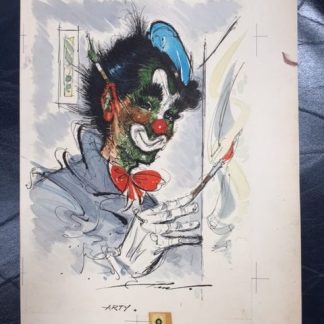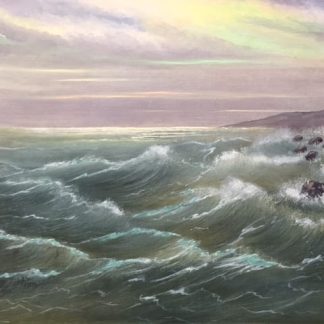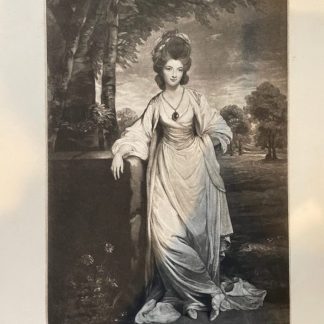Description
Lady Elizabeth Compton
ARTIST, SIR JOSHUA REYNOLDS – MEZZOTINT ENGRAVING by V. GREEN, ENGRAVER TO HIS MAJESTY AND TO THE ELECTOR PALUTONE , 1781
Full sheet measures 14″ x 19″ and engraving measures 9″ x 15″. On Wove paper as expected. Signed in the plate. Will send further photos upon request. Buyer pays for mailing.
Images show the original portrait for comparison with our offered period mezzotint engraving.
ARTIST, SIR JOSHUA REYNOLDS – MEZZOTINT ENGRAVING by V. GREEN, ENGRAVER TO HIS MAJESTY AND TO THE ELECTOR PALUTONE , 1781.
Full sheet measures 14″ x 19″ and engraving measures 9″ x 15″. On Wove paper as expected. Signed in the plate and also in pencil (not sure by whom). Will send further photos upon request. Buyer pays for mailing.
SIR JOSHUA REYNOLDS was a portrait painter for the upper echelons of English society. He was one of the leading English portrait painters alongside American born Benjamin West, Thomas Gainsborough, and Francis Hayman, to name a few, but Reynolds was the most celebrated during the eighteenth century. He entered into the world of art like many artists did which was to be apprenticed to a master. He studied under portraitist Thomas Hudson, whom he learned from and assisted in daily studio operations and prep work. Generally an apprentice would even assist his master in painting conspicuous parts of their commissions, parts like fabric, pets, and other aspects of the background. Reynolds’ relationship lasted only a short while with Hudson before he left to travel the European continent. One of his first stops was to Italy where he developed an interest in the aesthetics of work from the late antiquity and renaissance. Although the personification of the perfect form that the classical style of art represented was ideal, he never truly identified with the concept that he was an academic painter. An academic painter at that time was an artist that painted in a classical manner. He, instead, represented the “grand style” of painting which grew out of the concept of the classical properties of the Renaissance. The grand style, also termed great style, was to interpret one’s subject matter as classical or endowed with a sense of grandeur. He did not paint his clients in plain or simple attire, but he painted his clients in a way to exude elegance and wealth. Reynolds’ grand style of compositions resembled the French rococo style of painting prior to the French Revolution.
Sir Joshua Reynolds, as previously mentioned, was England’s lead portraitist and never had a dearth of commissions from those that could afford to be painted by him. However, like all portrait painters, he had a system for pricing that his clients could choose from. For example, a full figure would cost more than just a standard portrait; hands and feet would cost extra due to their difficulty to paint, animals would cost more if you wanted them in your composition, etc. Ultimately the more that the commissioner wanted in their painting, the more the finished piece would cost. For Reynolds and other artists this simply meant a little more time and more money, however for his clients this represented to society a social statement. For his clients it showed how much money they had if they could not only afford the best but all the “accessories”. One of Reynolds’ goals also while painting was not just to capture the subject, but to beautify them as well. He, like other portraitists, would make the sitter more handsome or more beautiful; he would capture an ideal likeness of the subject rather than an actual likeness. In hindsight, Reynolds and his paintings became a commodity that only the rich could afford. Being a luxury item was the purpose of Reynolds’s mezzotints. Even if the bourgeoisie could not afford to be painted by artists like Reynolds, they could still buy and display large high quality prints of the work he did, creating their own social statement. He became the first president of the Royal Academy upon its founding in 1768 and there delivered his famous and widely influential lectures, the “Discourses on Art”.
WHAT IS A MEZZOTINT? A mezzotint is a dry point print making process belonging to the intaglio family. The process is typically performed on a plate of copper; however, a zinc plate may also be used. A sheet of copper is rocked with a metal wedge that has small teeth on it to create millions of small dots; this tool is called a rocker. The dots will be later filled with ink. Interestingly enough, this is where the phrase “Off your rocker” derives from. Engravers would rock a plate for hours on end day after day to create a plate that was suitable to be printed from. Once the plate was rocked to completion an engraver would burnish the plate with different tools to smooth out the highlights and different values to create the varying tones of gradation. Then the smoothed-out plate is coated in ink and the surface is carefully wiped away revealing the engraved image. Naturally, the unburnished parts of the plate which contain the most chambers filled with ink will print darkest, while the more burnished parts will be printed in a lighter value. After the plate has been wiped the engraving is run in multiple editions on paper by a publisher who sells and distributes the prints. While not the original oil painting this is still considered a high quality reproduction and no less a work of art produced by printmakers during his time.
The subject is identified in pencil on the lower edge of the sheet: “V. Green. Lady E. Compton, J Reynolds” While the sheet is not is the best condition with a tear at the bottom and toning and staining, the engraving is fine. On the back there is a stamp saying Made in England.



